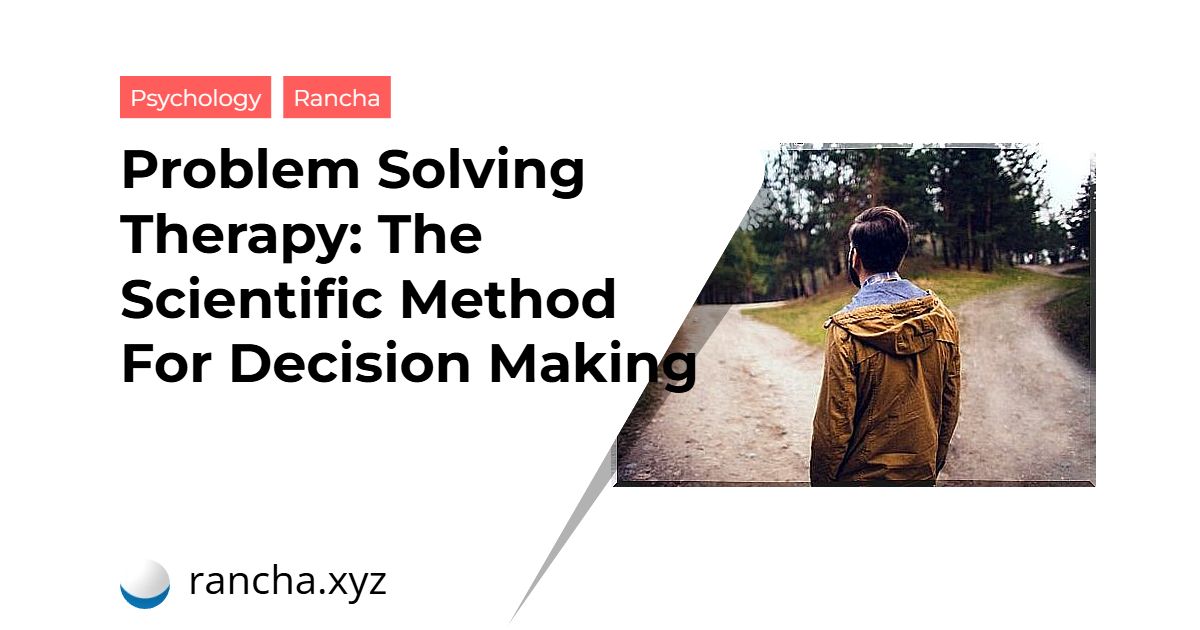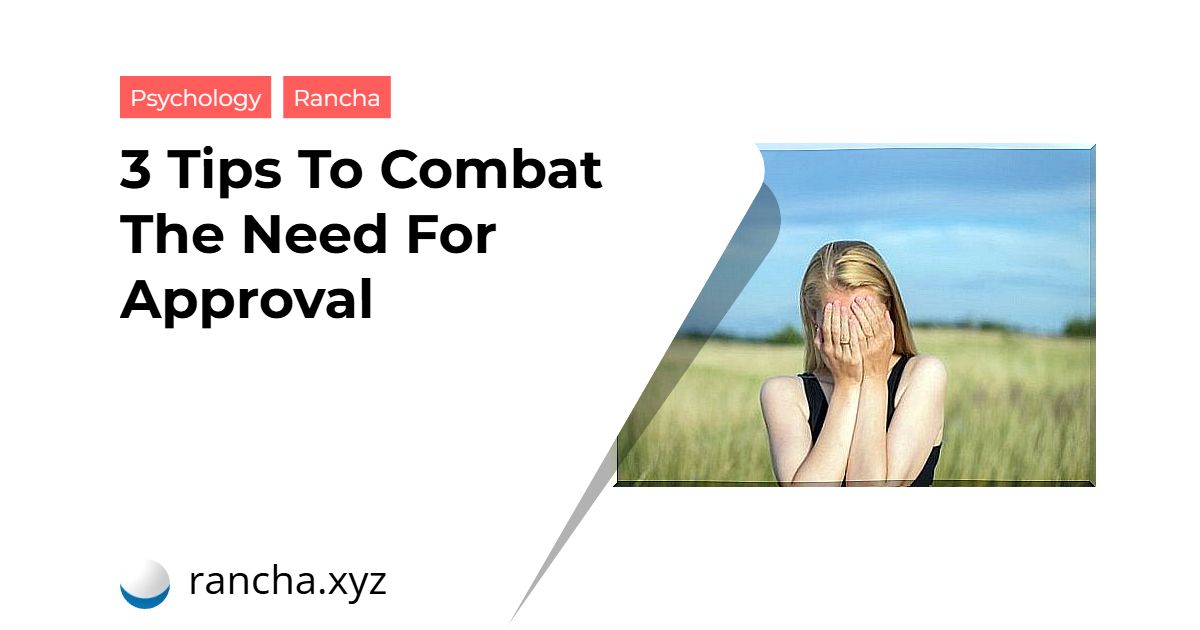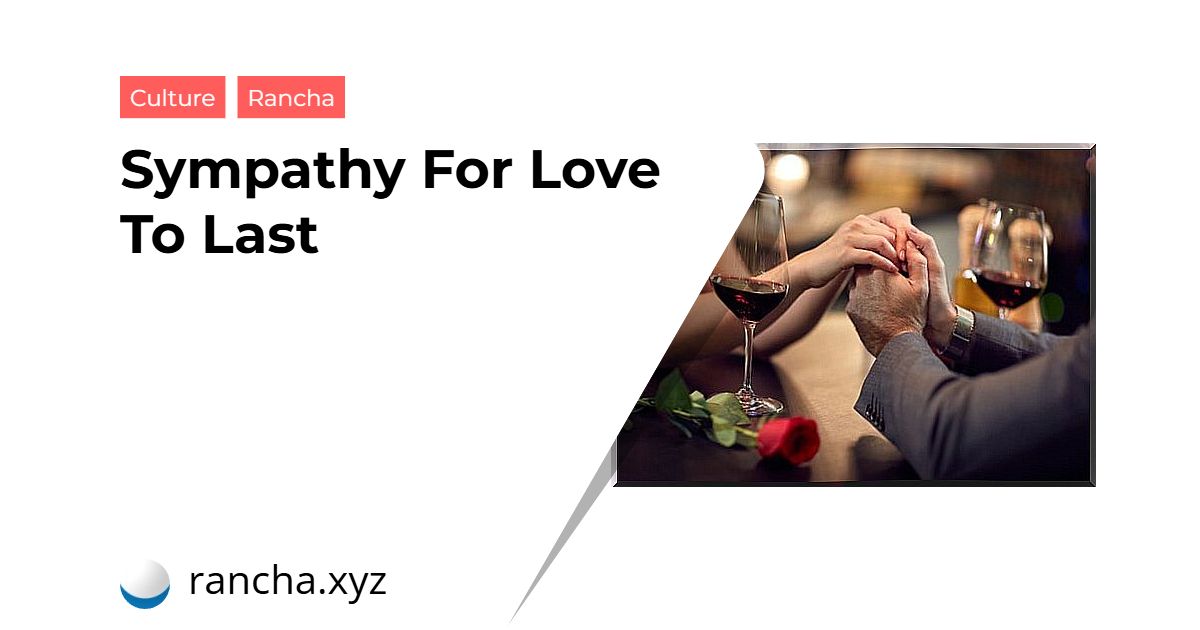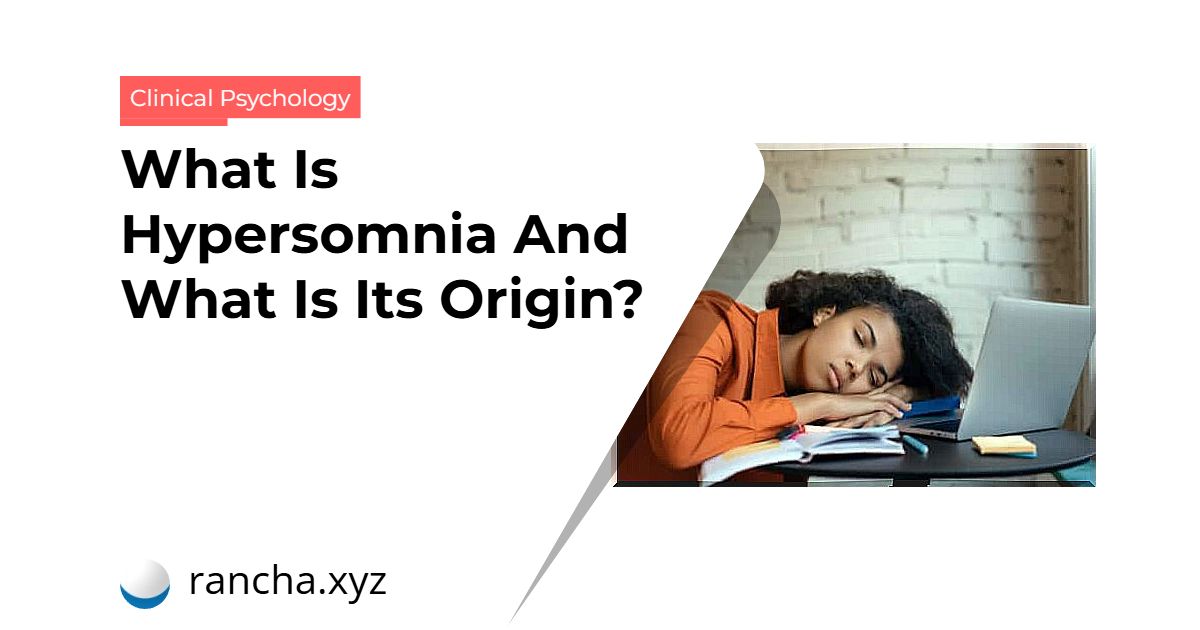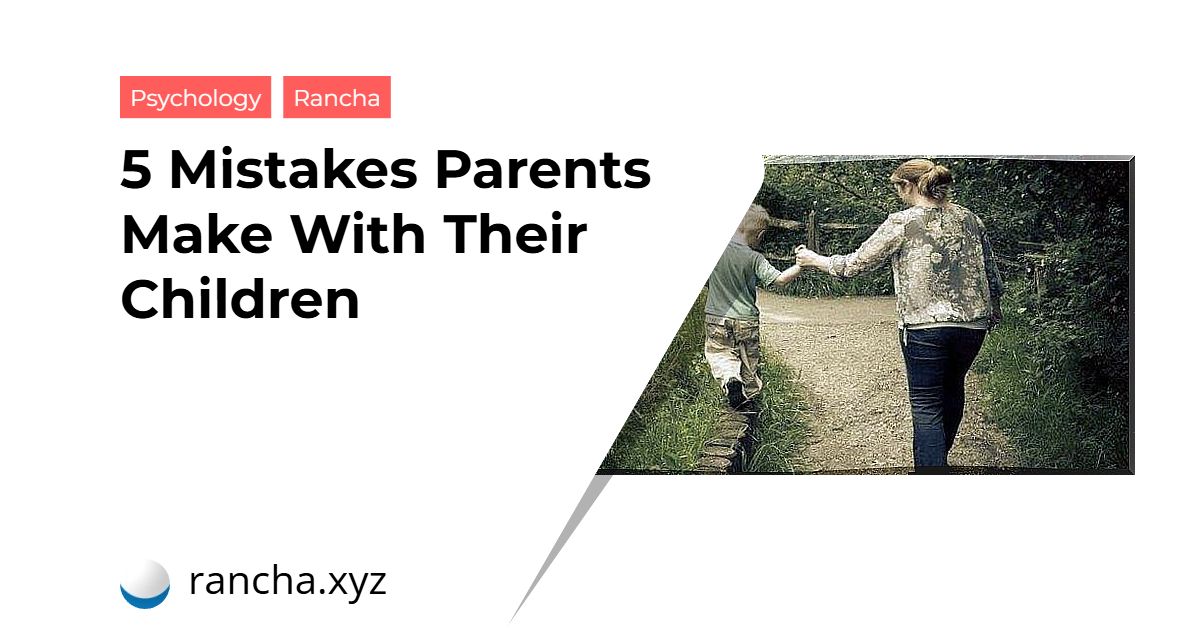The problems, the damn problems! They spend their whole lives racking our brains. From those who gave us at school to learn math to those we encounter in our own daily life. The good thing is that, before facing the first ones, we had teachers who taught us the procedure to be able to solve them.
But what can we do to face real life ones? These lack established formulas that always have an exact result, don’t they? Do not freak out! While there is no exact method that tells us that doing such a thing will have a certain consequence, we can guide ourselves through the problem-solving technique that will help us make the most appropriate decision.
What is problem solving therapy?
Conflicts are part of life and we are all affected by them. Humans are by nature problem solvers, although some people have more of this “nature” built in than others. What does this suggest? Which is a skill that can be developed. That’s why D’Zurilla and Golfried devised problem-solving therapy in 1971.
This technique facilitates the work of identifying the problems, creating different solution alternatives and selecting the answer that can be most effective among the elaborated proposals. In this way, we will have one more tool to control negative emotions that may arise in the face of different obstacles.
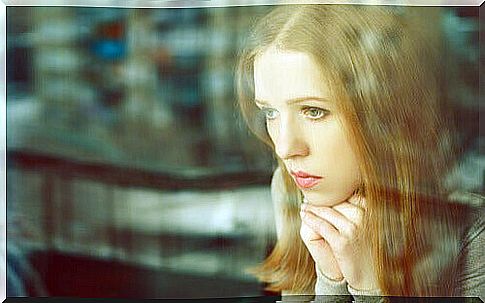
For this, it is necessary to follow a method composed of five phases, which I will explain in more detail below. The procedure is long, but it’s worth putting into practice for important problem situations. The steps to follow are:
- Problem orientation.
- Problem definition and formulation.
- Generation of alternative solutions.
- Decision-making.
- Execution and verification.
Phase 1: problem orientation
The first step you need to take before trying to solve a problem is to adopt a positive attitude towards conflict and the skills we have to deal with it effectively. It is necessary to foster self-efficiency beliefs, assuming that we can solve the problem and identifying those burdens with which we leave, such as the lack of security in ourselves.
On the other hand, it is important to change our view of the problem. Instead of thinking negatively about it, which will make it difficult to find the solution, we need to face it as a challenge that will help us to grow personally, making our own abilities better.
Furthermore, we need to be able to stop and think before acting in order to complete this first phase of the process. This is important, as if we act impulsively we will make mistakes trying to solve the problem.
Phase 2: problem definition and formulation
Once we assume that there are problems and that we can find the right solutions, we will move on to the next stage. In this phase, we will try to define and formulate the conflict properly. This is very important, as once we are clear about the challenge precisely, we will have come a good part of the way.
So a good idea is to start by compiling the relevant information, describing it in real, specific terms. It is very important to base ourselves on objective facts, that is, how they would be portrayed by a video camera, which cannot record our thoughts, but only what happens, beyond our consideration.
It is also necessary to identify why this situation that has been created is a conflict. In addition, it is necessary to re-evaluate its meaning for personal and social well-being. Finally, we need to become aware that not all problems are solvable, and that those that are not entail different degrees of difficulty. A realistic solution goal needs to be set. We can even decompose a problem that is more complex into different “sub problems” whose solution is easier to execute.
Phase 3: generation of alternative solutions
When we’ve been able to perform the previous steps and know what the exact problem we’re facing, it’s time to generate as many alternative solutions as possible. This can be a difficult task, as we are used to responding automatically to conflicting situations, but it takes time to work on this: both as a first task and thinking while we are carrying out another task. In fact, it’s been proven that a change of scenery helps to find more creative solutions.
The more alternative solutions we produce, the more ideas will be available and the more likely we are to find the best answer to our own conflict. We will also be able to find better quality ideas. It is important to remember that at this stage we do not assess the quality of the solutions, as judgment inhibits imagination, so we will assess them in the next point.
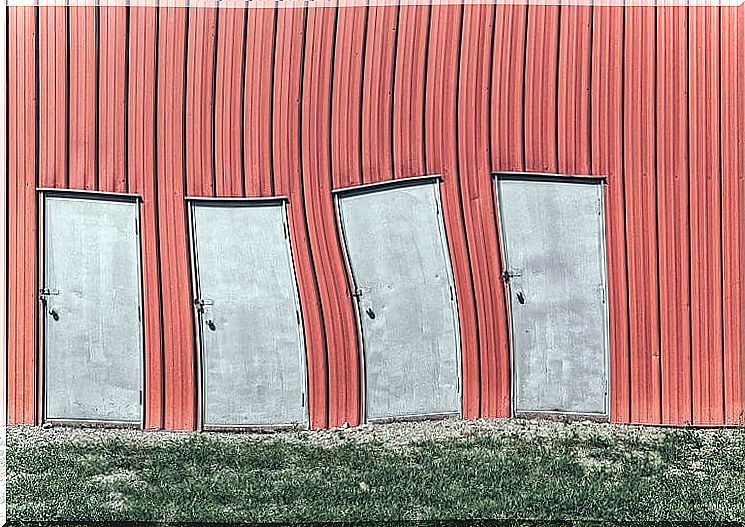
Phase 4: Decision making
Now it’s time to compare and evaluate the different alternatives we generated in the previous step. Based on the assessment we make, we will select the best one or the best ones to put them into practice for the problem we have.
How will we do this? For each proposed solution, we will indicate the short- and long-term costs and benefits to select the solution or set of solutions that we believe will help us achieve the expected results. For this, we base ourselves on four criteria:
- Problem solving: probability of reaching the solution.
- Emotional well-being: quality of the expected emotional result.
- Time/Effort: Calculating the amount of time and effort we believe it requires.
- Together personal and social well-being: total expected cost/benefit ratio.
With the results we get we will need to check if the problem is solvable, if more information is needed before we can put an alternative to work and which one should I choose. If not, it will be necessary to return to the previous stages of the process in order to reach a satisfactory solution.
Phase 5: Execution and verification
Once the right solution has been chosen, what remains to be done? Put it into practice! Only then will we know if it is the appropriate alternative to overcome the problematic situation. Once we execute it, it will be necessary to objectively observe and compare the obtained result with the predicted one. If we find that this was not expected, we will need to find the source of this discrepancy in order to correct it.
Finally, when we solve a complicated problem, we tend to forget to do one important thing, which is to reward yourself. There are people who spend their lives in anguish in anguish, and when they have none, they anticipate it. Doing this is undoubtedly one of the best ways to end up buried under the rock of stress.

The important thing about all this is that you need to stop screwing around with problems in your head, looking for solutions but without putting any to work, which causes a high degree of discomfort or even leads to anxiety disorders or depression.
You have to take a risk and make a decision, take a step forward. It’s okay to get it wrong! Who is perfect? Nobody! Therefore, it is better to make a wrong decision than to keep thinking and thinking without doing anything. Now that you know how, I invite you to find the solution to the challenges that present themselves in your life.
Images courtesy of Ryan McGuire.
 rancha.xyz Be free to choose their own route to self-knowledge, health and balance of body and soul.
rancha.xyz Be free to choose their own route to self-knowledge, health and balance of body and soul.
